Northern Ireland has in recent years shared the slight upturn in fertility evident in some European countries. This contrasts with the steady fall in fertility from the peak of the ‘baby boom’ in the 1960s that is associated with increased female participation in the labour market and delay in the age of child bearing. Any change in the pattern of fertility has profound consequences for the provision of public services, particularly in education and health care.
This study seeks to explain the level of fertility by using the individual level data available in the NILS sample. Various regression models will be employed to explain births in the period 1997 – 2006 by three sets of variables. The first of these comprises the characteristics of the potential mother in 2001 and will be based upon the census. The second consists of the characteristics of the area where the potential mother resides. This is a measure of the environmental factors upon individual fertility and will be based upon NINIS. The final set of variables takes account of the background of the potential mother and will be based upon the linked 1991 census records. Based upon the explanation of births 1997 – 2006 a forecasting model will be constructed.
Publications:
McGregor, P and McKee, P. (2016) ‘Religion and Fertility in Contemporary Northern Ireland’ Eur J Population, DOI 10.1007/s10680-016-9399-8
Other Outputs:
McGregor, P and McKee, P. (2011) ‘Time Bomb or Damp Squib? Predicting Short Run Changes in Fertility in Northern Ireland‘ – presented at the Economic and Social Research Institute, Dublin, 17 November 2011.
NILS Research Brief 8 March 2012: Fertility in contemporary Northern Ireland.
McGregor, P and McKee, P. ‘Religion and Fertility in Contemporary Northern Ireland‘ Presented at NILS Research Showcase, Belfast. March 2018


